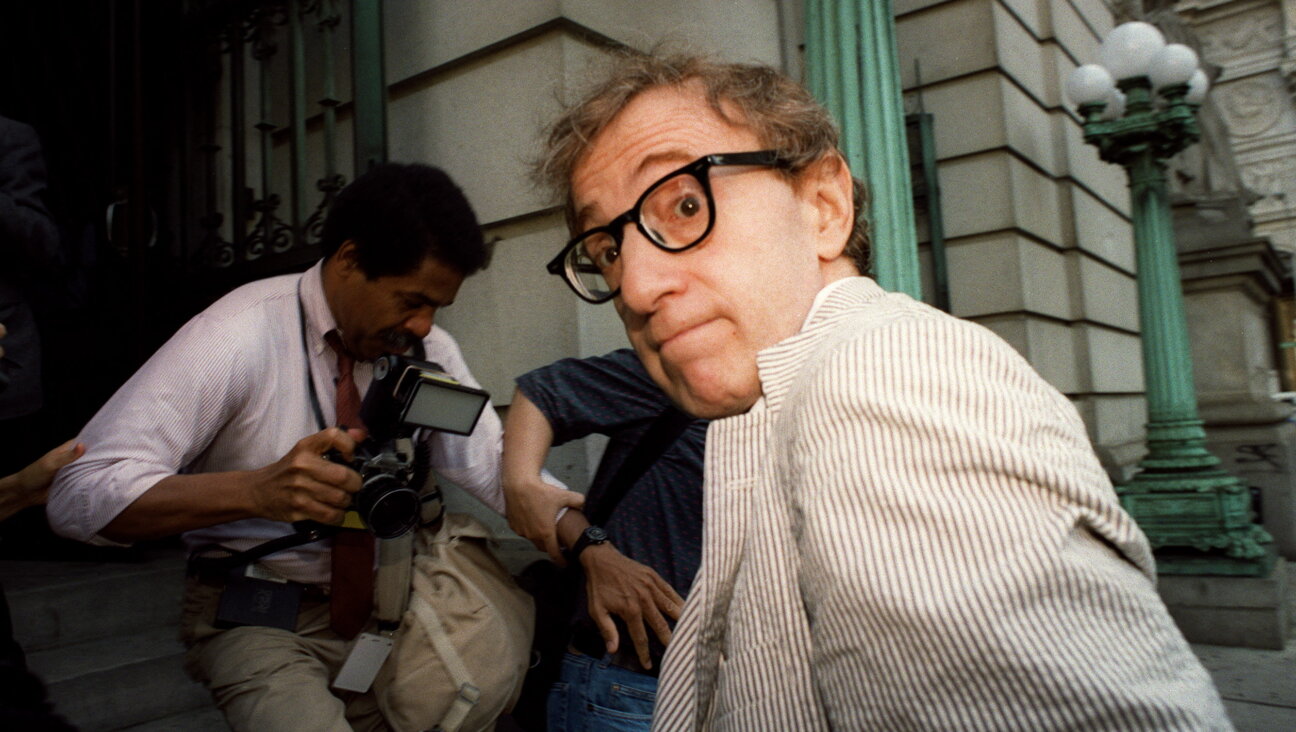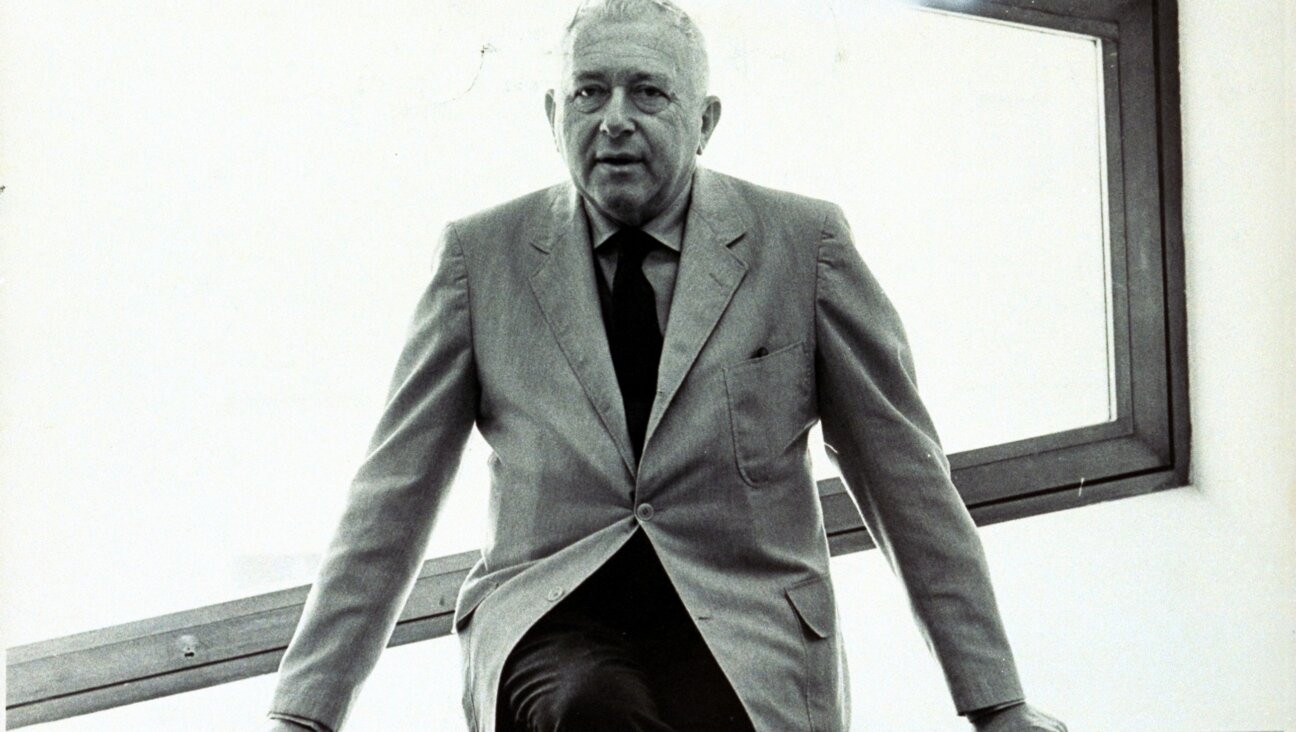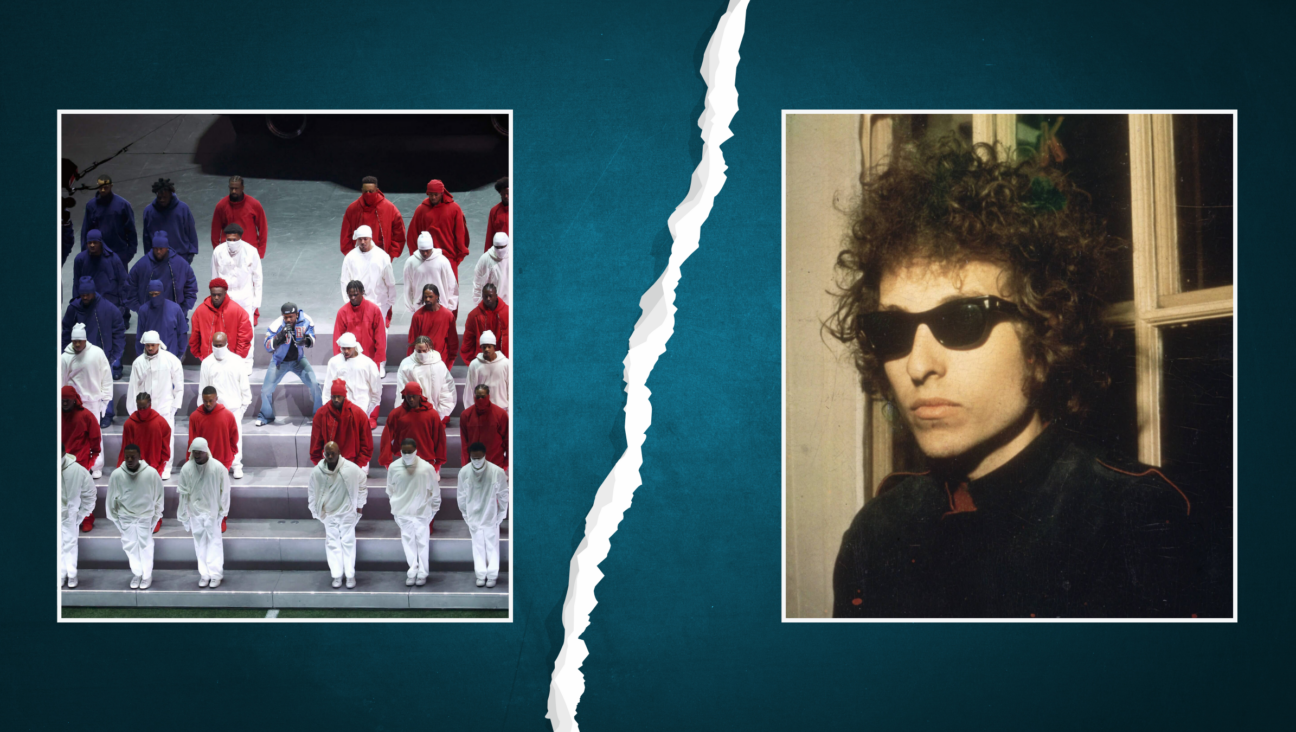Despite 70 years as a monarch, Queen Elizabeth has had precious little time for the Jews
In this Platinum Jubilee year, should we care that the monarch has betrayed little interest in Jewish history or culture?

Queen Elizabeth II celebrates her platinum jubilee. Photo by gettyimages
Her British Jewish subjects are cheering the Platinum Jubilee of Queen Elizabeth II this year, marking 70 years of interactions as monarch with respectful Jews worldwide. But is the admiration really mutual?
In 1977, for her Silver Jubilee, poet Philip Larkin proclaimed that through the years, “one constant good” was that Elizabeth “did not change.”
Twenty-five years later, one may wonder if immutability is really an ideal leadership quality. During her lengthy reign, Elizabeth II managed to entirely avoid visiting Israel, while frequently paying respectful calls to the Jewish State’s Arab neighbors.
By 2012, the journalist David Landau, a self-proclaimed royalist, concluded that the Queen could have visited Israel had she wanted to, but she opted to be “part of this nasty, petty British intrigue to deny Israel that rankling vestige of legitimation that is in their power to bestow or withhold — a royal visit.”
Ever-disciplined about not interfering in domestic or foreign politics, the Queen nevertheless betrayed her feelings about the Middle East in 1984. During a trip to Jordan, she described as “depressing” a map showing Israel’s presence on the West Bank, placed a wreath at a memorial to Arab soldiers killed fighting the state of Israel, and deemed “frightening” Israeli planes flying over occupied territory.
Yet Elizabeth has unjudgmentally welcomed visiting tyrants, including President Bashar al-Assad of Syria, who met her in 2002 at Buckingham Palace. One year earlier, Assad had claimed that Israeli society was “more racist than the Nazis” and a month later, he welcomed Pope John Paul II to Syria by claiming that Jews had “betrayed” Jesus.
Elizabeth II also overlooked statements by President Robert Mugabe of Zimbabwe, who visited the UK repeatedly, and in 1992, said of his nation that white “commercial farmers are hard-hearted people, you would think they were Jews.” Two years later, the Queen honored Mugabe with an honorary knighthood.

The Scepter and the Crown: Queen Elizabeth on her coronation day in June, 1953. Photo by Getty Images
While tolerating antisemitic propaganda from others, the Queen was, on occasion, curiously oblivious to modern Jewish history. In 1996, during a state visit to Poland, she declined to visit Auschwitz and in a speech to the Polish Parliament, omitted to mention that Polish Jews had suffered under Nazi occupation. Buckingham Palace officials explained that this “mistake” was due to a “typographical error.”
Yet downplaying Jewish experience during World War II was very much in line with official Polish state policy, which prefers to focus on the death of Polish Catholics.
Only in 2015, at age 89, did the Queen finally visit a concentration camp, Germany’s Bergen-Belsen, accompanied by her husband Prince Philip, who had a fuller sense of the Jewish contributions to 20th century experience.
Yet as everywhere, and unlike Philip, she appeared to lack any real connection with, or appreciation of, the more positive aspects of Yiddishkeit.
Philip, in addition to serving in the war against Hitler, studied at a school founded by the Jewish educator Kurt Hahn, and his mother Princess Alice of Battenberg was named Righteous Among the Gentiles by the Yad Vashem Holocaust memorial for saving Jewish lives.
And in 1994, Philip became the first UK Royal Family member to visit Israel, albeit unofficially, to pay his respects at his mother’s grave. But privately, Philip had Jewish chums, like Sterling Henry Nahum, a court photographer of Italian Jewish heritage who signed his images as Baron.
Baron, who was briefly namechecked during the first season of the Netflix TV series “The Crown,” photographed Philip’s wedding to Elizabeth and their children’s christenings. Philip even proposed Baron as official photographer of his wife’s Coronation, but the Queen Mother preferred the non-Jewish socialite Cecil Beaton.
By contrast, the Queen has maintained strictly professional, although unfailingly courteous, contacts with Jews over the years. She never enjoyed anything like the closeness of her great-great grandmother Queen Victoria’s relationship with Prime Minister Benjamin Disraeli, because Disraeli was the UK’s first and last Jewish leader.
Instead, the Queen’s Lady of the Bedchamber since 1973, a lady-in-waiting who serves as personal attendant, has distant Jewish roots. Virginia Fortune Ogilvy, Countess of Airlie, is granddaughter of Otto Kahn, the U.S. banker and philanthropist of German Jewish origin, once known as the King of New York.
Even more remote Jewish ties may be found in the ancestry of Vice Admiral Timothy Laurence, husband of Princess Anne, the Queen’s daughter. The Laurences were previously named Levy, a mercantile family originating in Venice.
These faint echoes scarcely add up to any serious connection to Jewish culture. Anyway, the Queen, according to her most worshipful biographers, has no interest in the fine arts, which might have given her a glimpse of Jewish personal expression. She reads endless official documents, supplemented by detective novels by P. D. James and others. The only nonfiction she consumes voluntarily is about horses, her lifelong passion in addition to dogs.
Unlike her husband, an avid reader, Elizabeth seems immune to wider literary pleasures. Author Alan Bennett wittily imagined in his 2007 novella “The Uncommon Reader” what might happen were the Queen suddenly exposed to modern authors including Jewish writers such as Anita Brookner and Philip Roth.
More than merely reading about dogs and horses, the Queen has actively owned and bred them. She cherishes friendships with international magnates of the horse-racing industry, including Sheikh Mohammed bin Rashid Al Maktoum, Ruler of the Emirate of Dubai, again overlooking persistent charges of human rights violations.
Culturally, her strongest tie to Judaism has been, oddly enough, to Jewish ritual. In 1948, she asked a mohel, Dr. Jacob Snowman, to circumcise her son Prince Charles. A 2013 article decisively debunked an urban legend that British royals dating back to the 18th century were likewise circumcised.
Instead, the tradition appears to have begun with Elizabeth’s request for her son. Snowman died in 1959, so he could not have circumcised her younger sons Andrew and Edward, if anyone did. The so-called family tradition apparently died out with Charles’s sons, as their mother, Princess Diana, was reportedly opposed to the practice.
So absent has other Jewish culture been from the Queen’s experience that it seems natural she has never developed any special feelings for the Jewish people. To her, as ruler, they are a minority group like any other.
When the modern artist Lucian Freud offered to paint her portrait as a gift, an opportunity for close communication arose, but after many sittings in 2000-2001, the Queen merely told Freud that it had been interesting to watch him mix colors.
The painting that Freud, grandson of the founder of psychoanalysis, produced had a mixed critical reception, although the Queen has lent it to a National Gallery centenary exhibition of his art scheduled for October.
A more emblematic portrait of the Queen’s professionally dazzling, but personally ambiguous, rapport to Jews might be “Equanimous 1, 2012” by Canadian-born light artist Chris Levine. In this image, Elizabeth II’s face is illuminated by a bright flash, her features effaced; only the tantalizing outline of royal identity is visible in her crown of office. Ultimately, apart from her praiseworthy commitment to official duties, this chilly blankness was Queen Elizabeth’s unvarying attitude to the Jewish minority in her homeland and internationally.

















